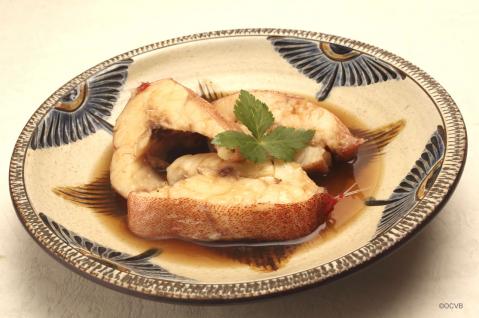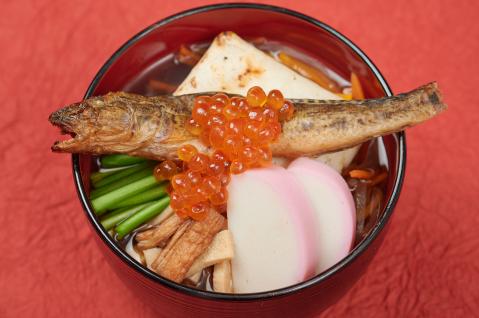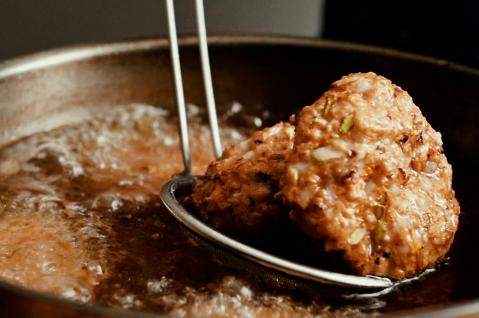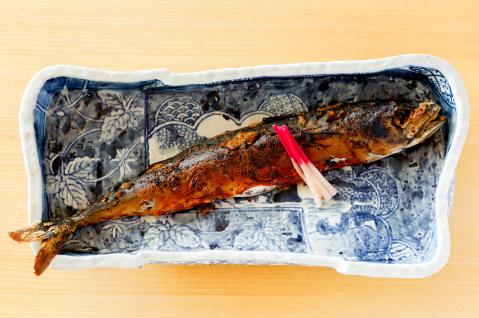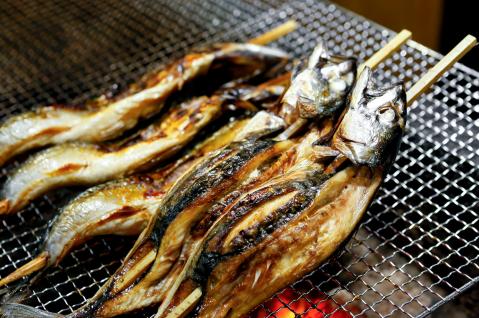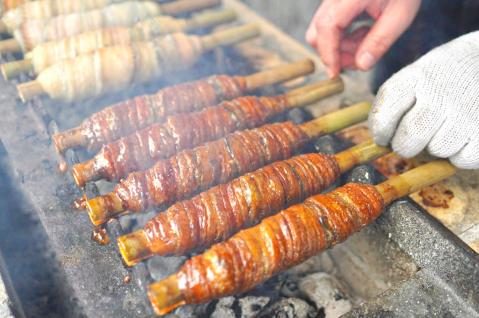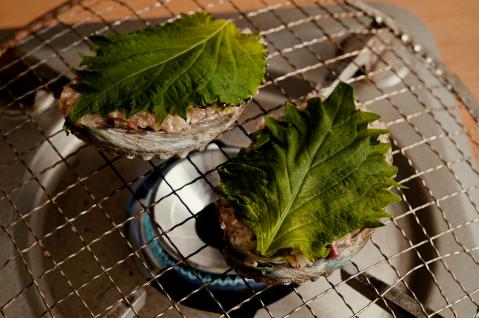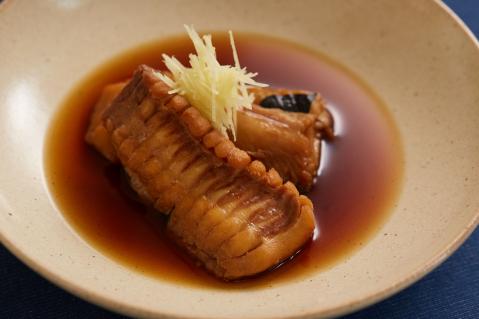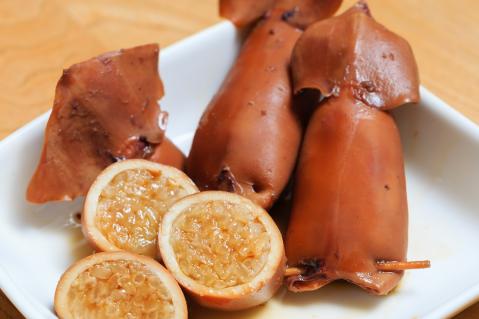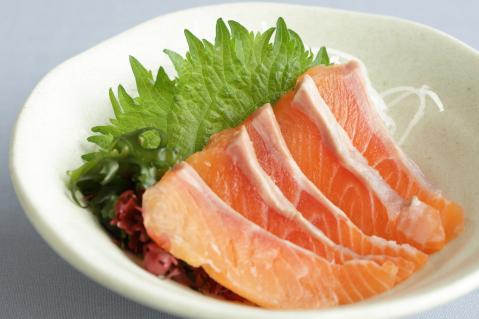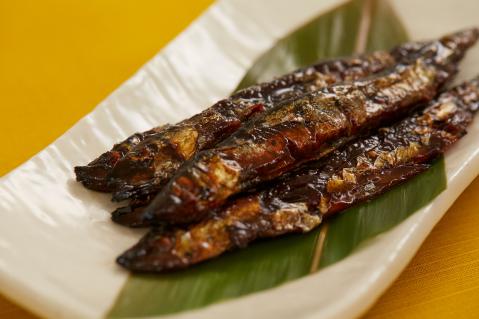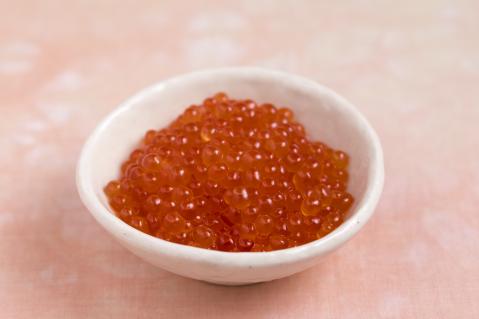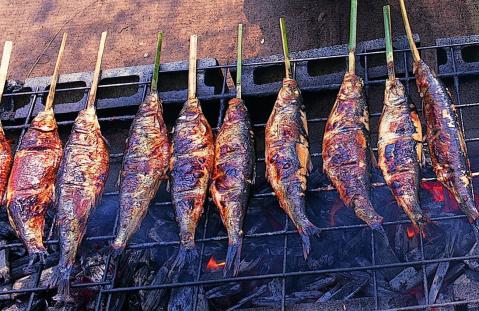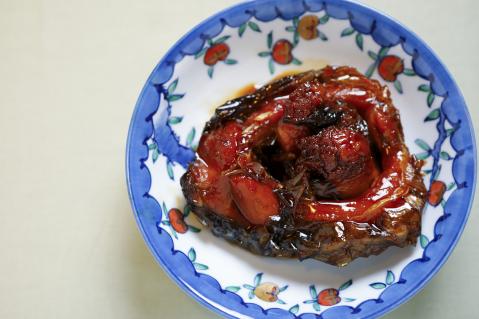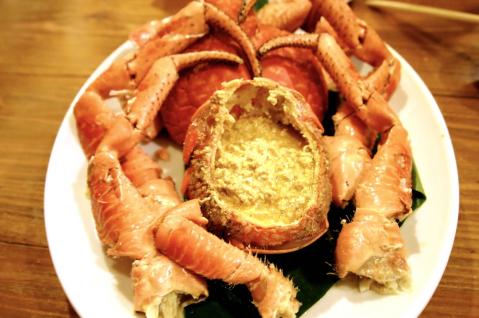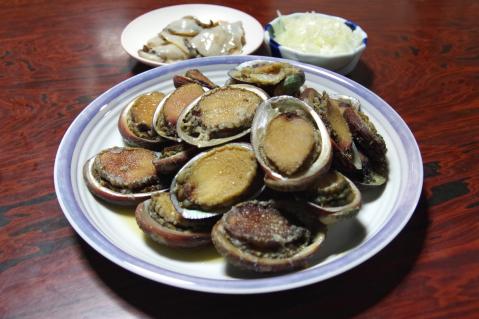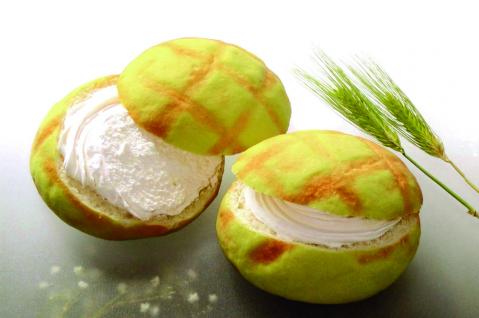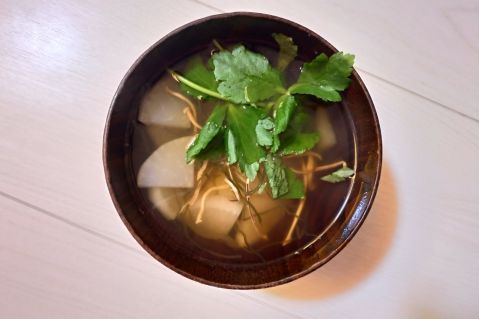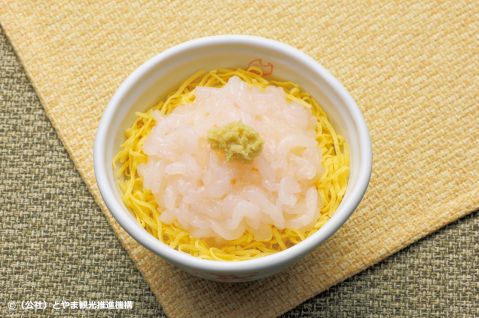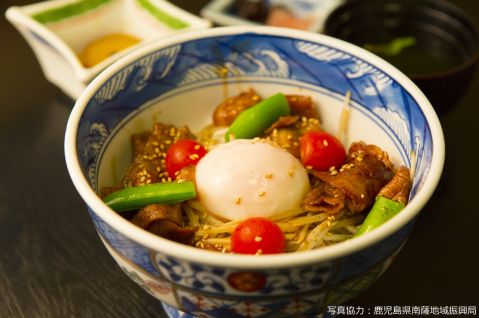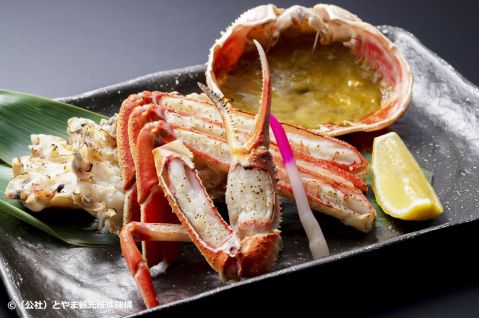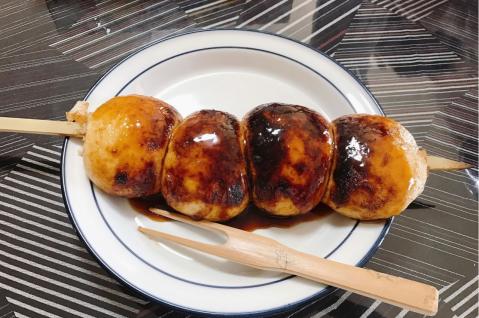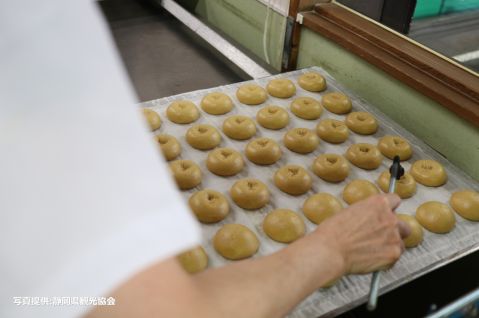Japanese Cuisine - Seafood
Cooking Classes in Japan
airKitchen allows travelers from all around the world to book and experience authentic cooking classes. Chose your best cooking class from 1000+ classes.
Sendai Zoni
Sendai Zoni (仙台雑煮, Sendai zōni) is a traditional New Year’s soup that has been enjoyed since the late Edo period. This festive dish is notable for its large grilled goby fis...
Squid Patties
Squid Patties (イカメンチ, Ikamenchi) is a traditional home-style dish from the Tsugaru region. It originated from the practice of using squid “tentacles” (leftover from prepari...
Whole Grilled Mackerel
Whole Grilled Mackerel (丸焼き鯖, Maru-yaki Saba) is a traditional dish from the Wakasa region of Fukui Prefecture, an area known for its rich culinary history. During the Asuka...
Tachiuo Maki (Grilled Beltfish Rolls)
Tachiuo Maki (太刀魚巻, Grilled Beltfish Rolls) is a local specialty dish from Uwajima City in Ehime Prefecture that features fresh beltfish, a sleek, silver fish caught in the ...
Sanga Yaki
Sanga Yaki (さんが焼き, Sanga yaki) is a traditional dish from the Boso Peninsula area, where fish like horse mackerel, sardines, and Pacific saury have been abundantly caught f...
Braised Skate
Braised Skate (カスベの煮付け, Kasube no Nitsuke) is a traditional winter dish often prepared in households. The word "Kasube" is a local Hokkaido term for "skate," a type of ca...
Ikameshi (Stuffed Squid)
Ikameshi (いかめし), a famous local dish from the Hakodate and Oshima regions of Hokkaido, has a fascinating history. It was first created during World War II as a bento meal so...
Sweet-Simmered Shishamo
Sweet-Simmered Shishamo (ししゃもの甘露煮, Shishamo no Kanroni) is a traditional dish made using shishamo, one of Hokkaido's iconic fish. Shishamo can be prepared in various ...
Marinated Salmon Roe in Soy Sauce
Marinated Salmon Roe in Soy Sauce (いくらの醤油漬け, Ikura no Shoyu-zuke) is one of Hokkaido’s most famous seafood delicacies, loved by people of all ages across Japan. Durin...
Sweet Simmered Carp
Sweet Simmered Carp (鯉のうま煮, Koi no Umani) is a signature dish of Yonezawa, representing its traditional carp cuisine. The carp is sliced into rounds and simmered with su...
Coconut Crab
The Coconut Crab (ヤシガニ, Yashigani) is one of the largest land-dwelling hermit crabs in the world and can be found in select areas of Okinawa, particularly around Miyako Isla...

